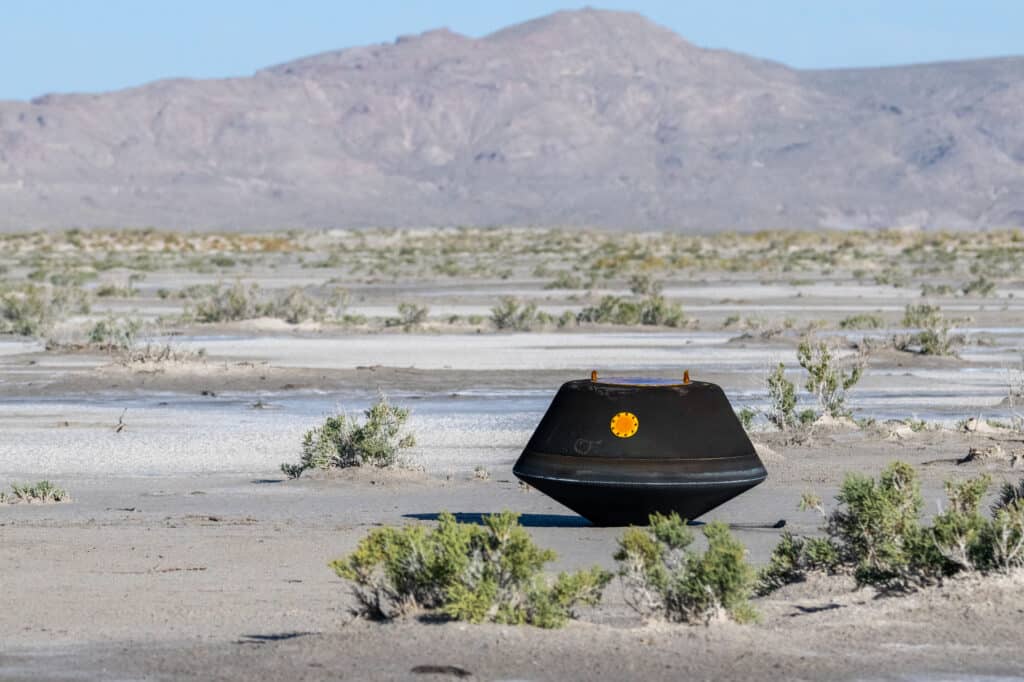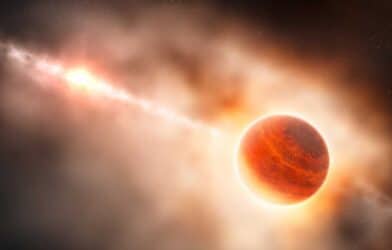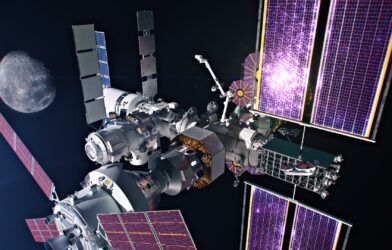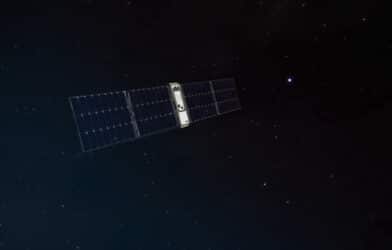Historic mission offers unprecedented opportunities to study the origin of our solar system and understand potentially hazardous asteroids.
In a historic moment for space exploration and research, NASA’s OSIRIS-REx team has successfully brought back a capsule containing rocks and dust from the asteroid Bennu. The capsule landed on Sunday, at the Department of Defense’s Utah Test and Training Range near Salt Lake City, making it the first American asteroid sample return in history.
NASA’s OSIRIS-REx mission—standing for Origins, Spectral Interpretation, Resource Identification, and Security – Regolith Explorer—launched on September 8, 2016, with the aim of gathering samples from Bennu, a potentially hazardous asteroid. The spacecraft reached Bennu on December 3, 2018, and the team collected the sample on October 20, 2020. It began its return journey on May 10, 2021, covering billions of miles to bring the valuable samples back to Earth.
NASA Administrator Bill Nelson says the monumental achievement went without a hitch. “Congratulations to the OSIRIS-REx team on a picture-perfect mission, which will deepen our understanding of the origin of our solar system and its formation,” he boasts in a statement. Nelson emphasizes the importance of such missions, asserting that the insights gained will unify and inspire humanity and help us comprehend and prepare for any hazardous asteroids that might approach Earth.
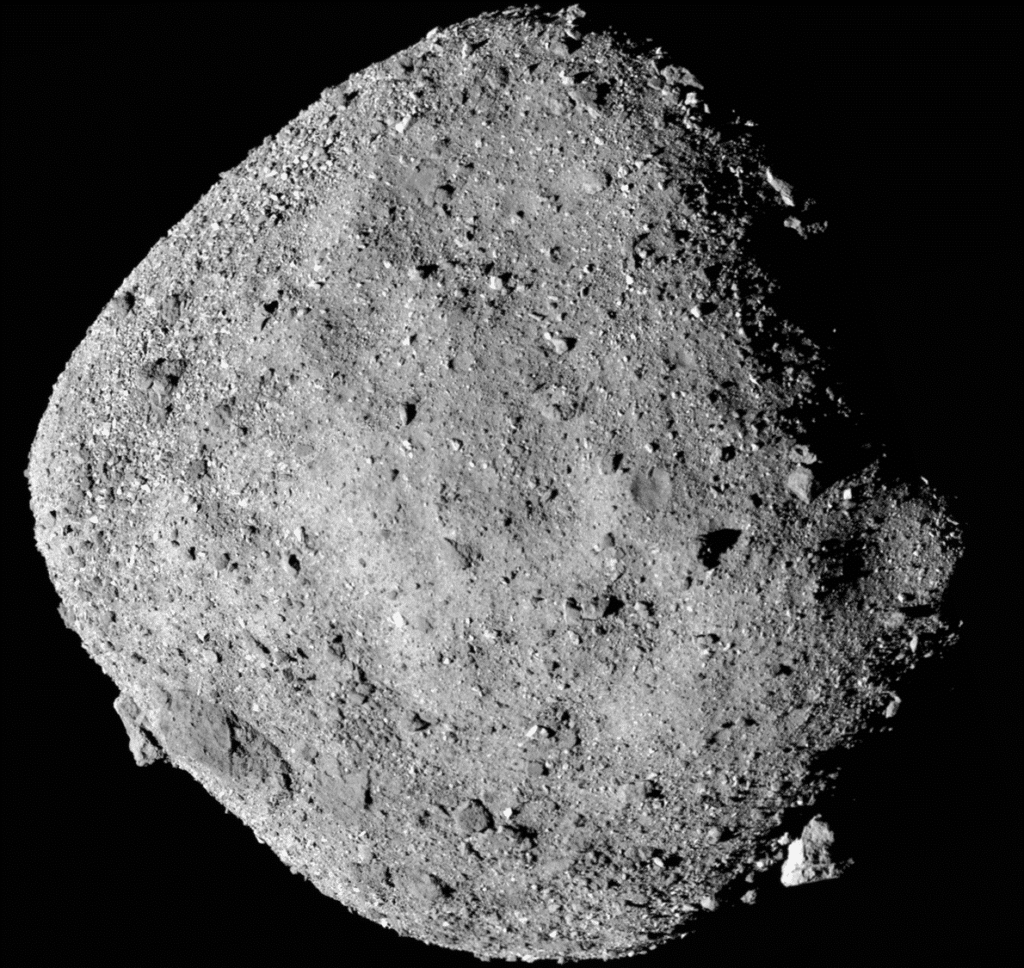
Asteroid Bennu: A Celestial Marvel:
Asteroid Bennu, the celestial body from which the samples were collected, is of immense significance in this historic mission. Bennu is classified as a potentially hazardous asteroid, meaning its orbit brings it into close proximity to Earth, which poses a potential future collision risk. Studying Bennu is not just about understanding the past; it’s also about safeguarding our future.
Bennu is a B-type asteroid, implying it contains a substantial amount of carbon and various other minerals, a composition considered primitive as it holds original material from the early solar system. The asteroid is roughly 1,610 feet (490 meters) in diameter, and scientists believe that it was formed around 4.5 billion years ago. The studies conducted on the samples will provide insights into the ancient building blocks of the solar system and can help scientists understand the conditions that led to the formation of planets and the emergence of life.
The interest in Bennu also lies in its abundant supply of carbonaceous material, a key element in organic molecules necessary for life as we know it. By studying these organic molecules, scientists hope to learn more about the origin of life on Earth. “What we learn from the sample will help us better understand the types of asteroids that could come our way,” says Nelson.
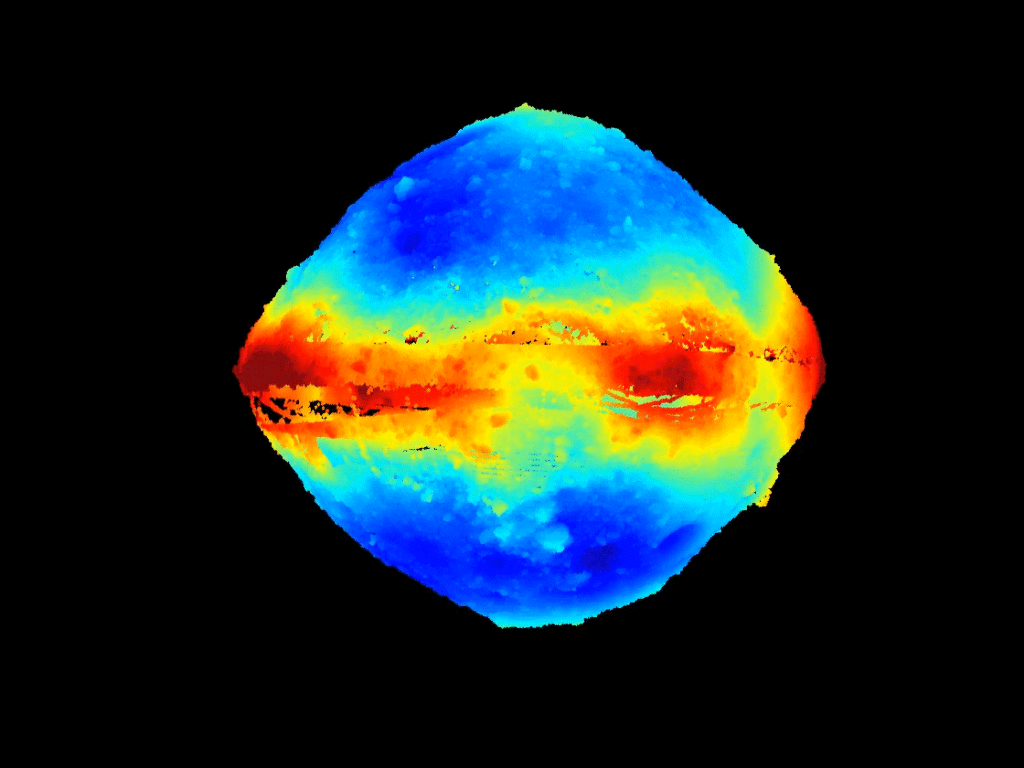
Additionally, the sample from Bennu will enable scientists to compare Earth’s geological and elemental properties with those of this ancient asteroid, shedding light on the universal and unique characteristics of celestial bodies within our solar system.
What Are Scientists Doing With The Samples?
Upon its controlled descent, the capsule was quickly transported by helicopter to a clean room, where it was placed under a “nitrogen purge” to keep it free from earthly contaminants. This process involves a continuous flow of nitrogen, a non-reactive gas, ensuring the purity of the sample for precise scientific analyses.
The sample weighs approximately 8.8 ounces (250 grams) and will be transported to NASA’s Johnson Space Center in Houston for further examination and distribution to scientists worldwide.
The material from Bennu is anticipated to offer profound insights into planet formation and the origin of organics and water essential for life on Earth. Researchers globally are poised to make discoveries that could unravel the mysteries of our solar system’s inception.
“Successfully delivering samples from Bennu to Earth is a triumph of collaborative ingenuity and a testament to what we can accomplish when we unite with a common purpose,” says Dante Lauretta, principal investigator for OSIRIS-REx. “But let’s not forget – while this may feel like the end of an incredible chapter, it’s truly just the beginning of another. We now have the unprecedented opportunity to analyze these samples and delve deeper into the secrets of our solar system.”
Project manager for OSIRIS-REx, Rich Burns, likened the precision and anticipation of the event to a “World Series, ninth inning, bases-loaded moment,” lauding the team for their exemplary execution.
This unprecedented mission, part of NASA’s ongoing exploration projects, marks a significant stride in space exploration, fostering a deeper comprehension of our universe. The collaborative success of OSIRIS-REx is set to offer a wealth of knowledge, potentially unveiling the intricate tapestry of our solar system’s origins and evolution.
